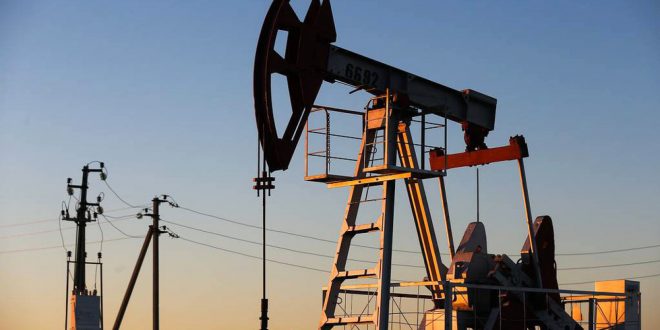The United States shale industry’s era of “newfound prudence” could be coming to an end. After a devastating 2020 for U.S. oil, the mood in the shale sector has been historically reserved, with drillers focused on balancing their books and getting into the black before overextending with new exploration. This is out of the ordinary for the sector, as the boom and bust cycle of oil markets has long been an accepted and unavoidable part of the oil industry. “The oil industry is predictably cyclical: When oil prices climb, producers race to drill — until the world is swimming in petroleum and prices fall. Then, energy companies that overextended themselves tumble into bankruptcy,” The New York Times sets the scene. “That wash-rinse-repeat cycle has played out repeatedly over the last century, three times in the last 14 years alone. But, at least for the moment, oil and gas companies are not following those old stage directions.”
After the West Texas Intermediate crude benchmark crashed to nearly $40 below zero on April 20th last year, stoked by pandemic fears, a drop in oil demand, and an ensuing oil price war between Saudi Arabia and Russia, many Permian Basin shale companies found themselves bankrupted overnight. But since then, oil prices have rebounded impressively, in no small part thanks to drillers in the U.S. and abroad staying strong on their output curbing commitments.
It’s even been speculated that, under these conditions along with a loosening of pandemic-based travel restrictions, we could be seeing $4 gas at the pumps this summer. But the era of sitting tight and allowing for a risk-averse return to the “new normal” could soon be coming to a close.
“It hasn’t been this cheap for shale explorers to raise money on the high-yield bond market since oil was at $100 a barrel in 2014,” Bloomberg Markets reported this week. Despite the fact that shale drillers’ self-control has proven to be a winning tactic, many shale companies may find such a golden borrowing opportunity impossible to resist. And while some companies may see this as the moment to jump back into exploration mode and drill, baby, drill, others may seize the current rates as an opportunity to refinance their debts, which are, on average, sizable to say the least.
“A borrowing opportunity like this is hard to resist, and while it could be used to fund an expansion, it also makes sense to replace more costly debt with lower-cost bonds,” writes Bloomberg. “Time will tell which it will be.”
Shale producers have already been busy selling off new junk-rated energy debt since the beginning of this year, with $11 billion already sold. Those markets are only going to get busier in the coming quarter, according to projections from Bloomberg Intelligence, which predicts that this quarter is going to be the biggest in at least five years.
Coming off of months of restraint, “many may not be able to resist the siren song of historically low interest rates,” analyst Spencer Cutter wrote in a Monday report. “As market conditions started to improve from the shock of negative oil prices in April, companies jumped at the chance to refinance debt.”
Oil drilling activity has already been on the rebound in the United States, albeit at a lower rate than before the pandemic. But these once-in-a-decade low rates could catalyze that regrowth.
There are presently a total of 318 active oil rigs, less than half of the 683 that were drilling late in March of last year, before the pandemic hit global markets in earnest. But that number will likely be growing very fast very soon.

 Iran Energy News Oil, Gas, Petrochemical and Energy Field Specialized Channel
Iran Energy News Oil, Gas, Petrochemical and Energy Field Specialized Channel



